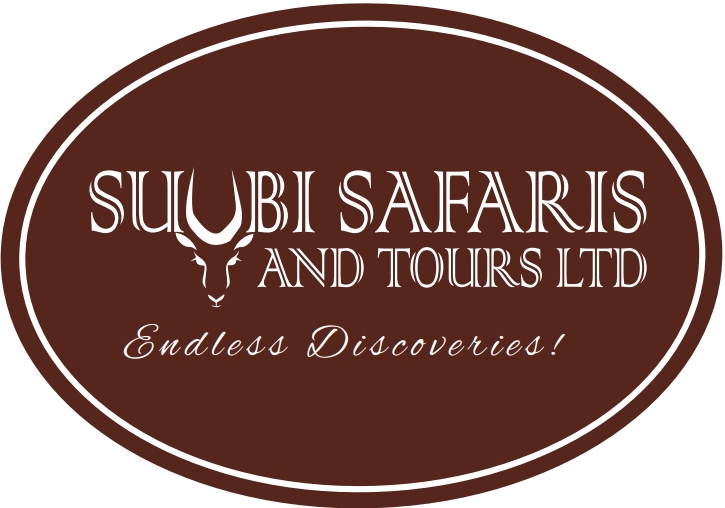Ruma National Park, nestled in Kenya’s western region, is a hidden gem known for its unique landscapes and diverse wildlife. Established in 1966, it covers an area of approximately 120 square kilometers and is situated in the Lambwe Valley at the base of the Homa Hills. Here’s a detailed look at Ruma National Park, highlighting its background, things to do, and how to get there:
Ruma National Park holds a special distinction as the last remaining sanctuary for the endangered roan antelope in Kenya. The park was initially established to protect this rare antelope species and has since expanded its conservation efforts to include other wildlife. Its varied terrain encompasses rolling savannahs, riverine forests along the Lambwe River, and patches of dense woodland, creating a diverse habitat for a range of flora and fauna.
Things to Do
Visitors to Ruma National Park can enjoy several activities that showcase its natural beauty and wildlife:
Wildlife Viewing
The park is renowned for its population of roan antelopes, which can be observed grazing on the open plains. Other wildlife species found here include buffaloes, giraffes, leopards, hyenas, and various primates such as vervet monkeys and baboons. Birdwatching is also rewarding, with over 400 bird species recorded, including the rare and elusive blue swallow.
Nature Walks and Hiking
Guided nature walks and hiking trails offer opportunities to explore the park’s diverse landscapes on foot. Walking safaris provide a closer look at the flora and fauna of Ruma, with chances to encounter smaller wildlife and learn about the park’s ecosystem from knowledgeable guides.
Cultural Experiences
Nearby communities offer cultural visits where visitors can interact with the local Suba people, learning about their traditional practices, folklore, and daily life. These cultural encounters provide insights into the rich cultural heritage of the region.
Boat Safaris
The Lambwe River, which flows through Ruma National Park, offers scenic boat safaris. These boat trips allow visitors to explore the park from a different perspective, observing wildlife along the riverbanks and enjoying serene views of the surrounding landscape.
How to Get There
Ruma National Park is located in Homa Bay County, approximately 30 kilometers east of Lake Victoria. Here are the main transportation options:
By Road
From Nairobi, the journey to Ruma National Park takes about 6 to 7 hours by car. The route passes through Kisumu and Homa Bay towns, with the last stretch leading to the park entrance. The roads are generally good but can be challenging during rainy seasons, so it’s advisable to use a sturdy vehicle.
By Air
There are airstrips near Ruma National Park, with flights available from Nairobi and other major cities to nearby airports such as Kisumu. From the airstrip, visitors can arrange for ground transportation to the park, which takes about 2 to 3 hours by car.
Other Places To Include On Your Itinerary When Visiting Ruma National Park
When planning a visit to Ruma National Park, consider exploring these three nearby attractions to enrich your itinerary:
Lake Victoria
As Africa’s largest lake and the world’s largest tropical lake, Lake Victoria offers a wealth of activities and attractions. Located just a short distance from Ruma National Park, visitors can embark on fishing excursions, boat rides to explore its islands and birdlife, or simply relax on its shores and enjoy stunning sunsets.
Mfangano Island and Rusinga Island are particularly notable for their cultural significance and archaeological sites, adding a historical dimension to your trip.
Kisumu City
The vibrant port city of Kisumu lies on the shores of Lake Victoria and serves as the gateway to western Kenya. Kisumu boasts a rich history, with attractions such as the Kisumu Museum showcasing cultural artifacts and exhibits on local history and wildlife.
Visitors can also explore Impala Sanctuary, a wildlife reserve within the city known for its herds of impalas and other indigenous species. The city’s bustling markets, vibrant nightlife, and proximity to Lake Victoria make it a cultural and economic hub worth exploring.
Kakamega Forest
Located northeast of Ruma National Park, Kakamega Forest is a tropical rainforest and Kenya’s last remnant of the Guineo-Congolian rainforest that once spanned across the continent. It offers excellent opportunities for birdwatching and hiking amidst towering trees, diverse flora, and a variety of primates and other wildlife. Guided nature walks allow visitors to learn about the forest’s ecology and conservation efforts, making it a rewarding destination for nature enthusiasts.
By including these destinations in your itinerary alongside Ruma National Park, you’ll experience a diverse range of landscapes, wildlife encounters, and cultural insights that showcase the rich natural and cultural heritage of western Kenya.
Ruma National Park offers a tranquil retreat off the beaten path, where visitors can immerse themselves in Kenya’s natural beauty and wildlife diversity. Whether you’re seeking sightings of rare antelopes, exploring scenic landscapes on foot, or learning about local cultures, Ruma promises an enriching safari experience. As conservation efforts continue to protect its unique ecosystem, Ruma National Park remains a testament to Kenya’s commitment to preserving its natural heritage for future generations to enjoy.


